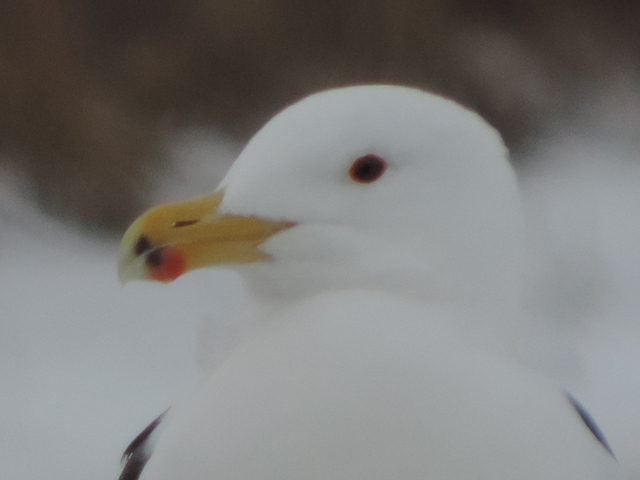NATURE MONCTON NATURE NEWS
March 27, 2025
Nature Moncton members as well as any
naturalist in New Brunswick or beyond are invited to share their photos
and descriptions of recent nature sightings to build a fresh (almost) daily
edition of Nature News
To respond by e-mail, please address your message to the
information line editor, nelsonpoirier435@gmail.com .
Please advise the editor at nelsonpoirier435@gmail.com
and proofreader Louise Nichols at Nicholsl@eastlink.ca if
any errors are noted in wording or photo labelling.
For more information on Nature Moncton, check the website
at www.naturemoncton.com.
Proofreading courtesy of Louise Nichols
**More interesting info on early-rising amphibians!
Louise Nichols heard the first wood frogs vocalizing in the pond behind their Aulac home on Wednesday. This is earlier than most years; as her records show, she often doesn't hear them until early to mid-April.
(Editor’s note: amphibians are ectothermic
i.e. their body temperature relies on their surroundings to suggest the pond
Louise is monitoring has warmed sufficiently to allow body functions to
proceed.)
**Barb Curlew observed some migration
activity on Wednesday in the waterside area, including hundreds of black scoters
and common eiders and 24 long-tailed ducks. There was also a great
blue heron that looked as if it had just flown in.
**Tony Thomas photographed a yellow sac spider
in his Fredericton home. Tony comments that the spider is an introduced
European species that is apparently quite common in houses and active
throughout the year.
(Editor’s note: the literature points out
this pale yellow to beige spider builds small silk sacs as retreats rather than
webs and are generally not considered dangerous to humans. They tend to venture
indoors more so in the winter months. This is a small spider at 8 mm.)
**Aldo Dorio sends a photo of an adult great
black-backed gull showing both black and red spots in the gonys area. This
is a seasonal scenario that occurs in some birds of this species that are
otherwise exhibiting expected adult plumage. The black patches should be
disappearing soon, leaving red only in the gonys area.
**A recent report at Plaster Rock High School of 13 bats in the classroom
created media attention. They were thought to be big brown bats.
Don McAlpine did an interview on that scenario on CBC Radio Noon. Don
shares some information that all naturalists should be aware of. Check out the
recording of that interview at the link below. Hit the black arrow at the
left-hand corner to start the interview. Unfortunately, the volume is low.
Nelson Poirier
Nature Moncton



